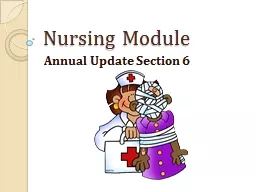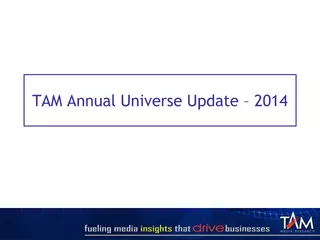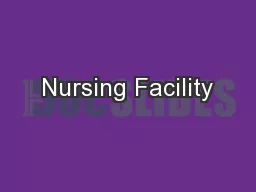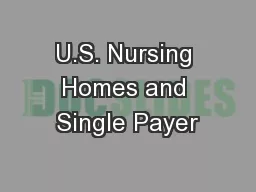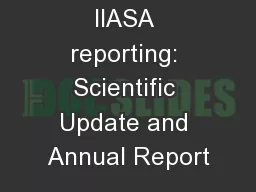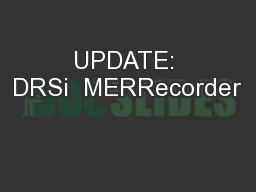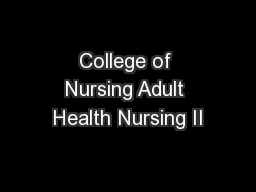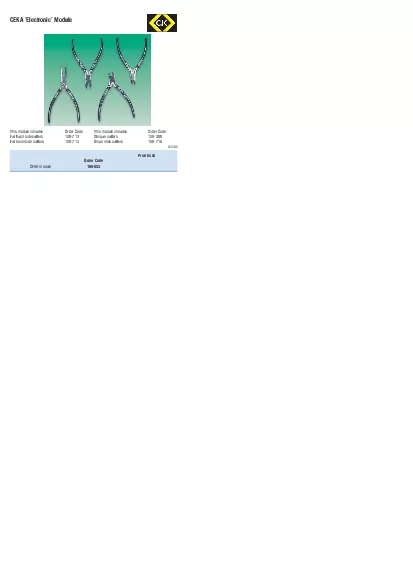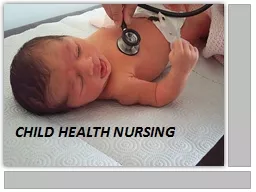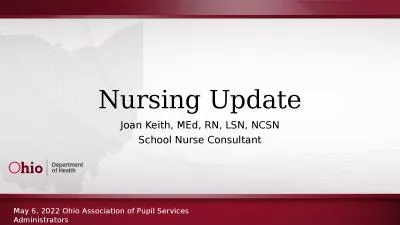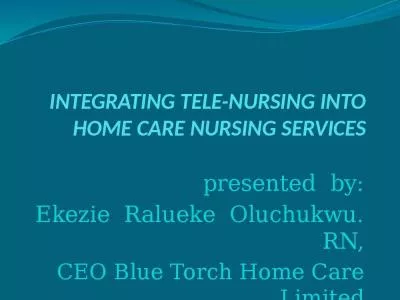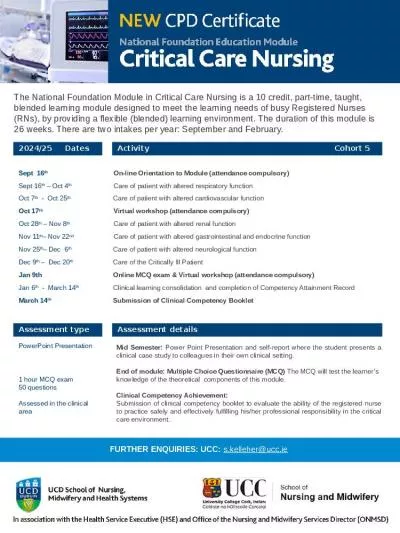PPT-Nursing Module Annual Update Section 6
Author : alida-meadow | Published Date : 2018-12-08
Accucheck Blood Glucose WAIVED TESTING or POCT Pointofcare testing Policy LAB 47020 POCT is medical testing at or near the site of patient care Results are received
Presentation Embed Code
Download Presentation
Download Presentation The PPT/PDF document "Nursing Module Annual Update Section 6" is the property of its rightful owner. Permission is granted to download and print the materials on this website for personal, non-commercial use only, and to display it on your personal computer provided you do not modify the materials and that you retain all copyright notices contained in the materials. By downloading content from our website, you accept the terms of this agreement.
Nursing Module Annual Update Section 6: Transcript
Download Rules Of Document
"Nursing Module Annual Update Section 6"The content belongs to its owner. You may download and print it for personal use, without modification, and keep all copyright notices. By downloading, you agree to these terms.
Related Documents

